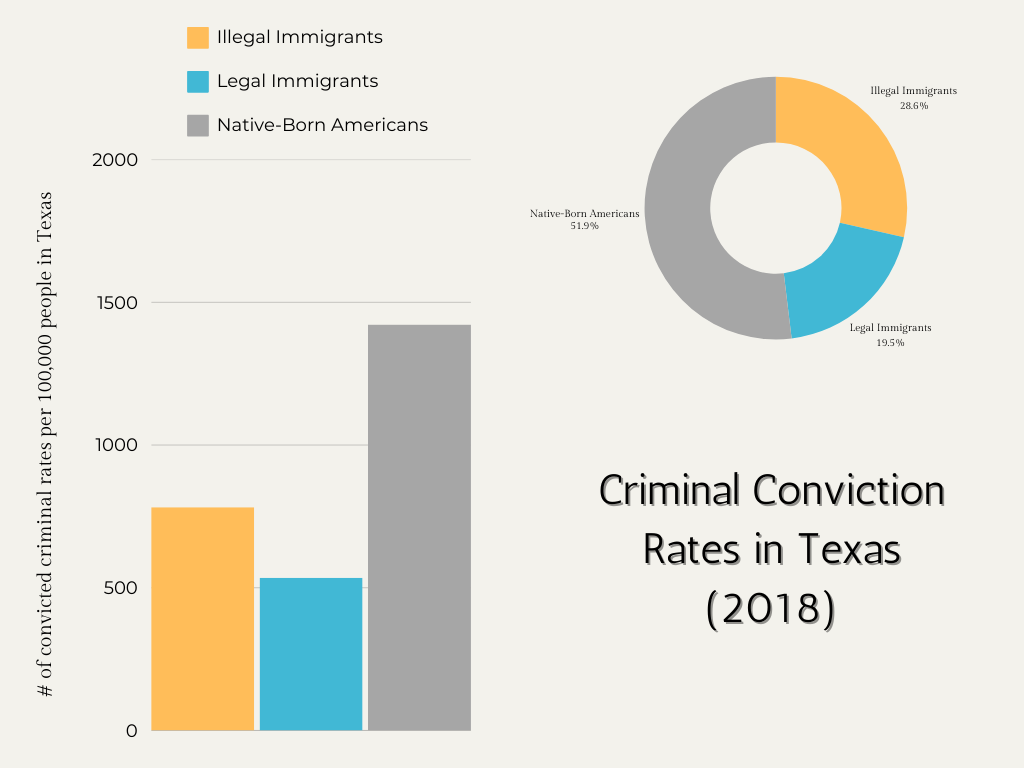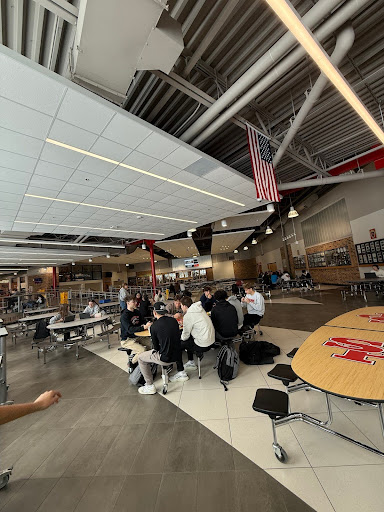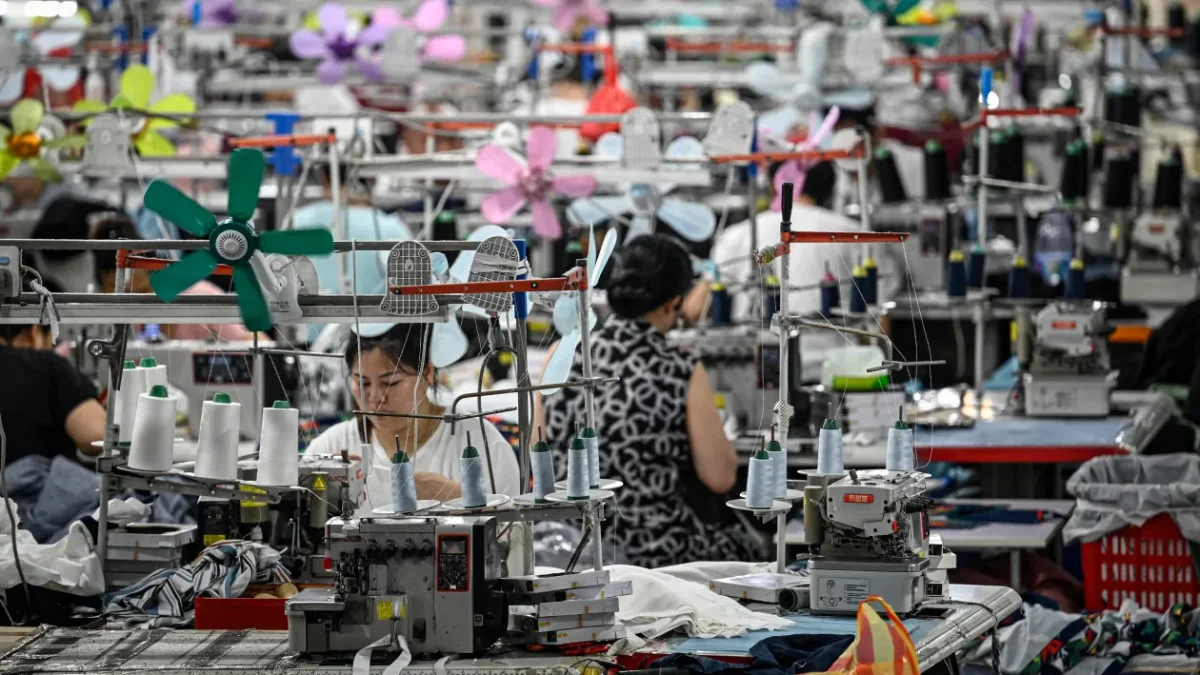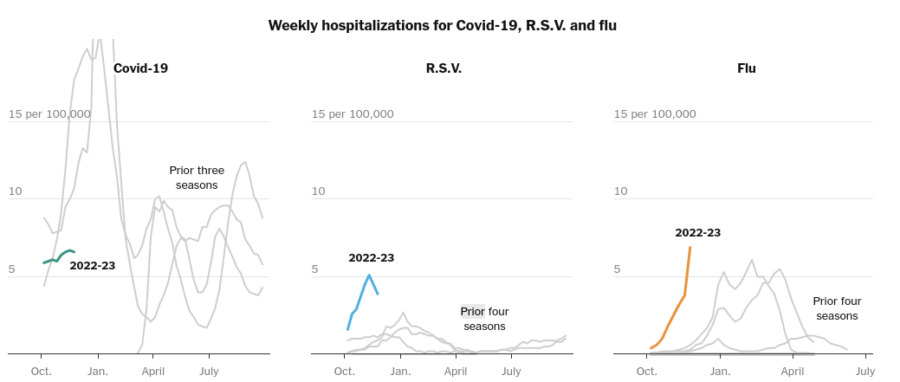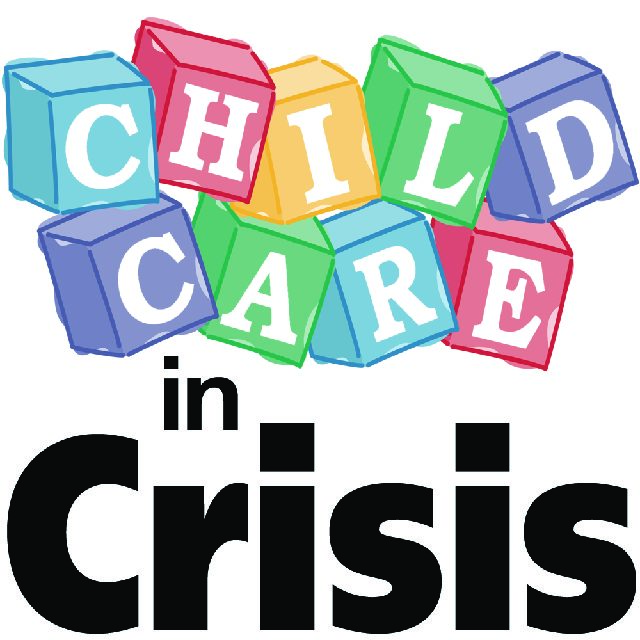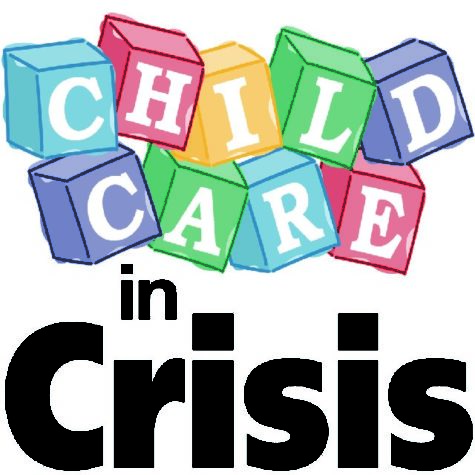Childcare Shortage
January 18, 2023
Child care across the country is facing immense challenges hiring and keeping staff because of the pay shortage. This is placing an increasing amount of stress on parents that are struggling to find daycare/childcare for their children.The childcare challenges experienced by centers, families, and providers are defined by a low supply of child care workers, cost inflation for both staff and services, and a persistent shortage of affordable childcare options for families.
This starts with the fact that there are nearly 90,000 fewer people working in the childcare industry today compared to before the covid pandemic. February 2020, many child care centers say they are losing workers because it has become impossible to compete with the rising wages and benefits other jobs bring.
The factors of the childcare shortage and leading to a lack of childcare centers luckily, to raise the pay’ stem for staff unable to support services for families in need and making more affordable services as there are many Solutions in the works .
Why Childcare is rewarding
An interview with a childcare worker shows how rewarding the field can be and a deeper insight of what childcare looks like. I got to hear so much from Kenadee Bailey, an experienced childcare worker and how her working in childcare made a difference. Kenadee likes working in childcare because she is able to work with different kids and to help each kid individually. For her, it is important to understand their needs and feelings. She dislikes working in childcare when it comes to overwhelming days for the kids and herself. But that comes with the privilege of caring for kids and so do coworkers, they treat the kids in the most loving and unique way. Creating a great working environment. Kenadee has stated that she earns $21 an hour, being a huge benefit for her because she gets to do something she loves doing while getting paid extremely well. “So I’m thankful everyday that I have the great opportunity to be a person for these kids to look up to, and come to when they need anything.”
Why these shortages are happening
It is great to hear that Portage county leaders are teaming up to end the childcare crisis and provide the reasoning behind the major reasons for the child care shortage. There are many factors that contribute to the child care staffing shortage, the largest factor being low pay with little-if any-job benefits. A March 2021 report from Childcaring inc. found the average pay for an assistant childcare teacher in portage county is $10.55, with the average pay for a lead teacher at $13.42. Pay lack is a big deal to some people and can really affect them financially.Childcaring inc. also compares how unfair both pays are for a teacher and assistant childcare teacher, with how important and needed their field is. The staffing shortage causes child care workers to often work overtime to cover unfilled shifts and pull directors away from their administrative duties to run classrooms. When this is not possible or no longer sustainable, they are forced to close entire classrooms or reduce service hours. This makes the childcare field even more hard and overwhelming. Having to work overtime and do the job at hand leads to not being able to attend to other important things. It also has the effect on the staff when their hours are reduced, which could further options of other job opportunities, even less workers is even less pay for parents needing to work and unable to drop off their child.
Solutions for Childcare shortage
Portage county leaders are making a difference by hiring a recruitment specialist that visits high schools and colleges to encourage students to enter the child care profession. Working with local technical colleges to design pathway programs to make it easier for students to enter the field is another possibility along with offering retention bonuses to support existing childcare. This can really encourage students to be in the childcare profession and help staff shortage which will make a difference in the childcare world. In response to the increased prevalence of children struggling with mental and behavioral concerns, the coalition is considering onboarding “inclusion specialists.” These child development and early intervention professionals would mentor and coach child care staff in how to address challenging behaviors, as well as intervene when necessary. Becky Helf, a director and program assistant at UWSP said their purpose is twofold: to help children and families who are struggling, and to retain child care staff offering support.This is such a great solution to provide more training to staff and how they can deal with certain situations even greater while working in this kind of field. It also really makes a difference gaining more staff so we can better support children and families in childcare centers.
Effects of Childcare shortage
The Child Care field shrunk by 100,000 workers causing a dramatic shortage in childcare centers. There are more child care-workers than there were before the coronavirus pandemic, according to the Bureau of Labor Statistics even though private-sector employment fully rebounded over the summer from the job losses caused by covid-19, the child care sector shrank and was 9.7 percent smaller last month than it was in February 2020, federal data shows. To see that even after the pandemic the childcare sector continued to shrink more and more. 100,000+ workers is an amount you can’t fully gain back. Even before the pandemic, with 98 percent of occupations paying more than child care and the sector, which was already dealing with widespread shortages and high staff turnover. Showing clearly that there are many deeper things that need to be fixed within childcare careers in order to pick up on worker shortages. With not being able to fix some of those financial boundaries within the field, like the pay of workers, the cost of the service for consumers and meeting most or all needs and wants of the families. The typical American child-care worker earns about $13 per hour, and many earn just above minimum wage. Last year, 29 percent were so poor that they experienced food insecurity, according to a survey conducted by researchers at the University of Oregon. It really opens my eyes to how 29% of people were actually suffering and experienced being in poverty while doing a job that is needed in our society. It is outstanding that people working at a retail store can be making up to $3 dollars more than childcare workers.
To conclude this article, childcare workers are struggling and many aspects within the bill need to be fixed for the amount of workers to rise and make a difference in child care centers.


